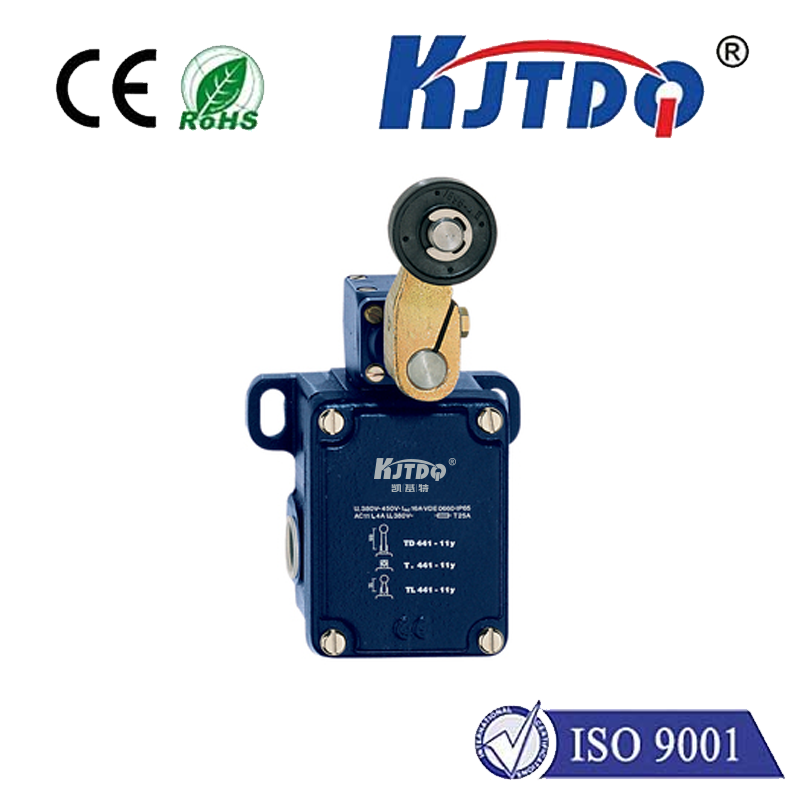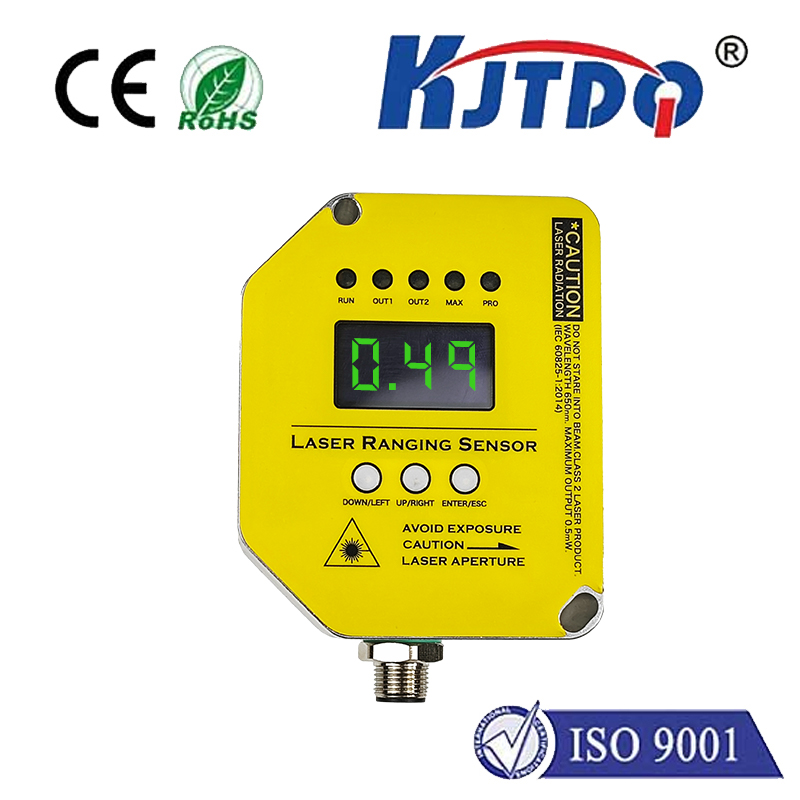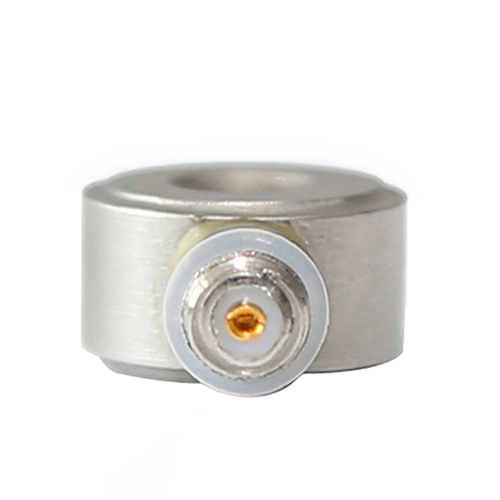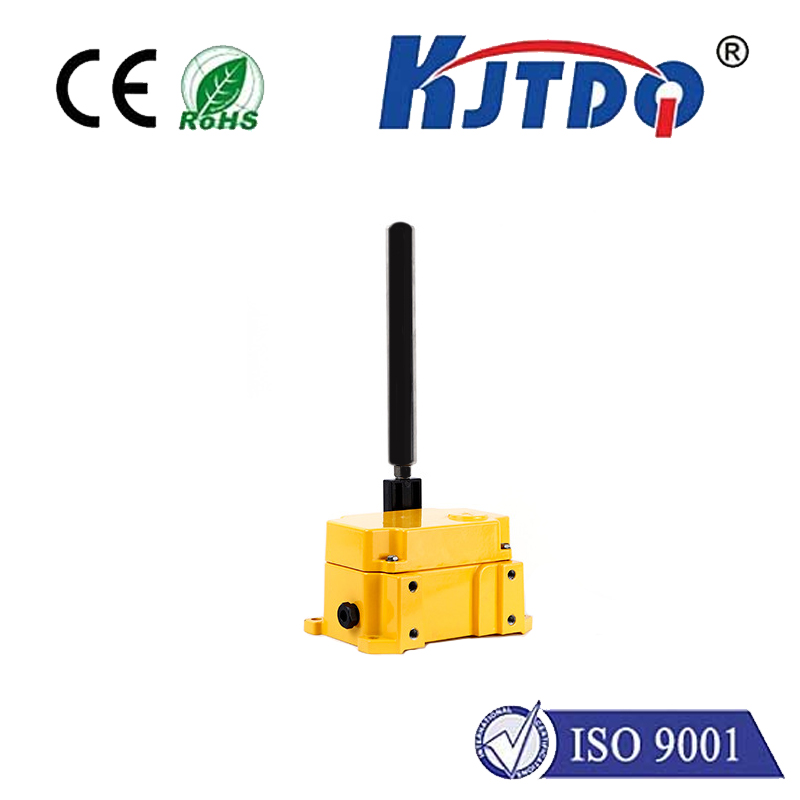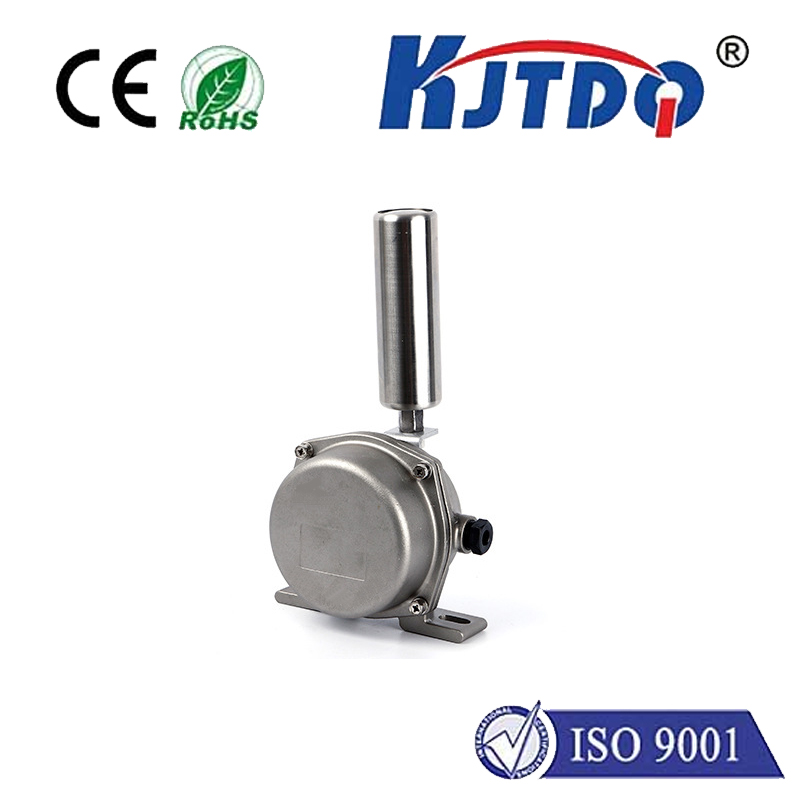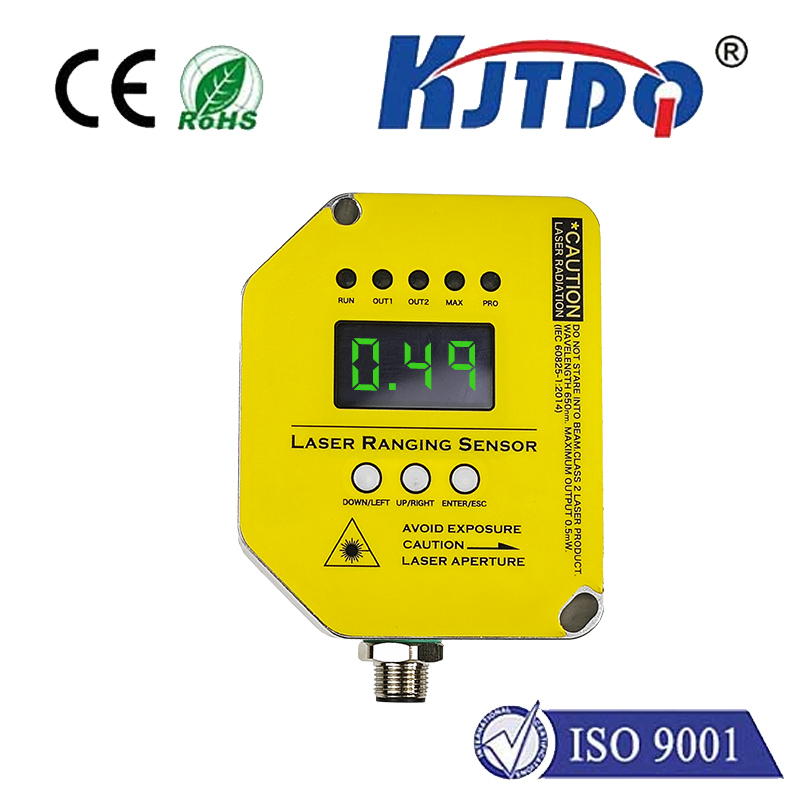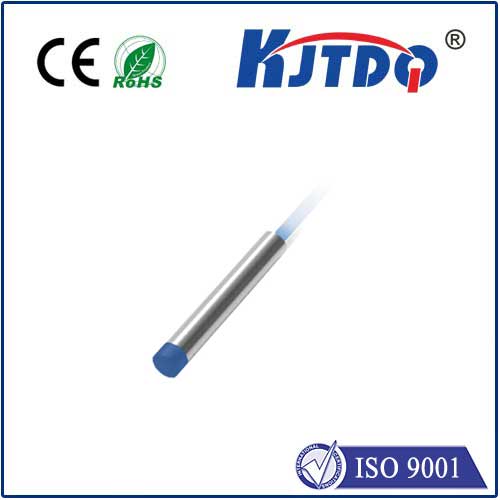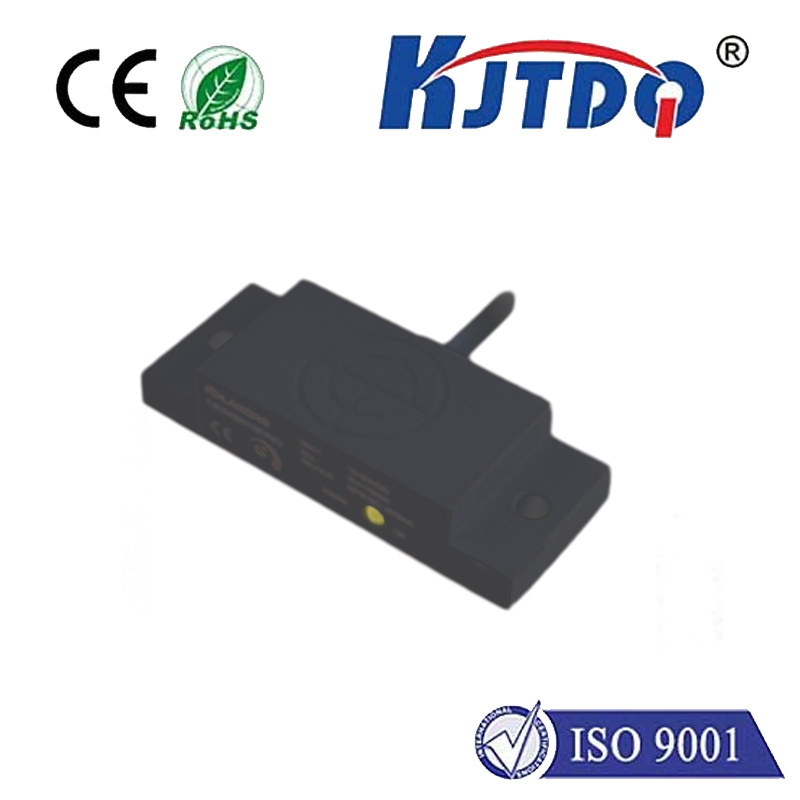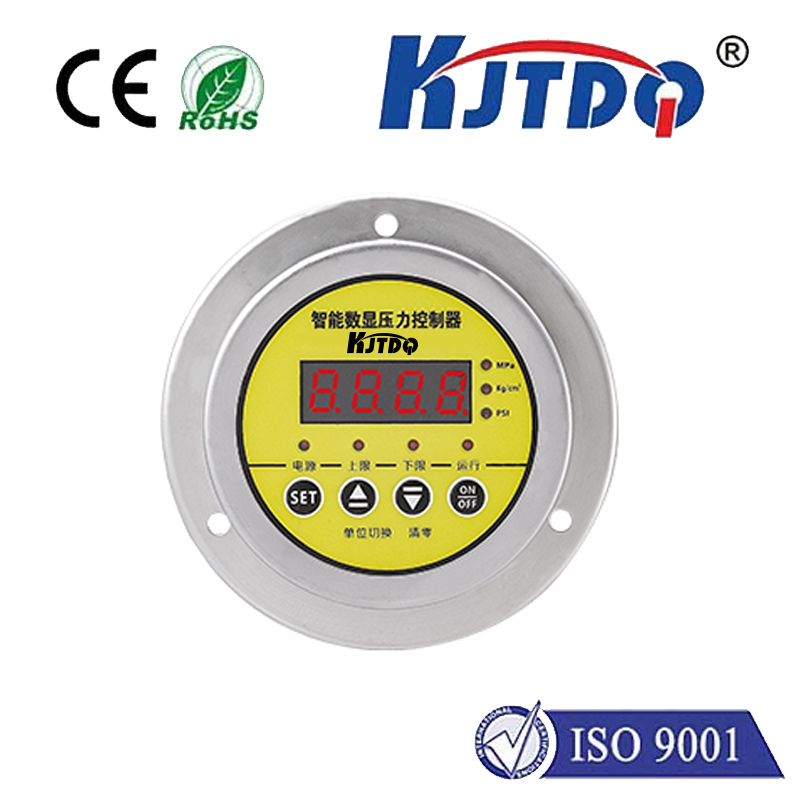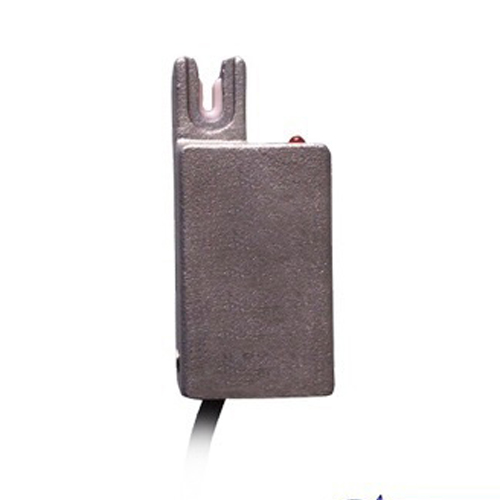line pressure sensor
- time:2025-08-21 01:05:11
- Click:0
Line Pressure Sensors: The Unsung Heroes of System Efficiency and Safety
Imagine the intricate networks of fluid and gas powering our world – from the fuel coursing through your car’s engine to the steam driving massive industrial turbines. What ensures these powerful flows operate safely and efficiently? Often, it’s a small, unassuming component: the line pressure sensor. These critical devices are the vigilant eyes continuously monitoring pressure levels within pipes, tubes, and hydraulic lines, providing essential data for control, safety, and optimization. Understanding their function, types, and applications reveals why they are indispensable in countless modern systems.
The Core Function: Translating Force into Data
At its essence, a line pressure sensor is a transducer. It detects the physical force exerted by a fluid (liquid or gas) against its sensing element within a pipeline or channel and converts this force into an electrical signal, typically voltage or current. This signal is then relayed to control systems, displays, or data loggers. The accuracy and reliability of this translation are paramount; even minor discrepancies can lead to inefficient operation or catastrophic failures.
Key sensing technologies dominate this field:
- Strain Gauge Sensors: The most common type. A flexible diaphragm deforms under pressure. Tiny strain gauges (often arranged in a Wheatstone bridge configuration) bonded to the diaphragm change electrical resistance as they stretch or compress. This resistance change is converted into a measurable electrical output.
- Piezoelectric Sensors: Utilize materials like quartz that generate an electrical charge when mechanically stressed by pressure. These are excellent for measuring rapid pressure changes (dynamic pressure) but generally unsuitable for static pressure measurements as the charge dissipates over time.
- Capacitive Sensors: Measure the change in capacitance between a diaphragm and a fixed electrode. As pressure bends the diaphragm, the distance between the plates changes, altering the capacitance, which is converted into an electrical signal. Known for high accuracy and stability.
- Resonant Wire Sensors: Feature a wire tensioned by a diaphragm. Pressure changes affect the tension, altering the wire’s natural resonant frequency. This frequency shift is measured and converted to a pressure reading, offering high precision.
Where Line Pressure Sensors Make a Critical Difference

The applications for pressure monitoring in pipelines are vast and span numerous industries:
- Automotive & Transportation: Vital for engine management (fuel rail pressure, oil pressure, turbo boost pressure), transmission control, brake systems (hydraulic pressure), tire pressure monitoring systems (TPMS), and air suspension. Precise hydraulic pressure monitoring ensures optimal performance, fuel efficiency, and safety.
- Industrial Automation & Manufacturing: Found in hydraulic presses, injection molding machines, compressors, CNC machinery, and pneumatic control systems. They regulate force, sequence operations, and protect equipment from over-pressurization. Efficient process control systems hinge on accurate pressure feedback.
- HVAC & Refrigeration: Monitor refrigerant pressures in chillers and AC units, ensuring efficient cooling cycles and preventing compressor damage. Track water pressure in heating systems.
- Oil & Gas: Crucial for upstream (wellhead pressure), midstream (pipeline pressure monitoring), and downstream (refinery process control) operations. They ensure safe transport, detect leaks, and optimize extraction and refining processes.
- Water & Wastewater Management: Monitor pump discharge pressure, filter pressure drop, pipeline network pressure for leaks, and tank levels (via hydrostatic pressure). Essential for distribution efficiency and preventing pipe bursts.
- Medical Equipment: Used in dialysis machines, ventilators, anesthesia delivery systems, and infusion pumps to meticulously control fluid and gas pressures critical for patient safety and treatment efficacy.
- Aerospace & Defense: Monitor hydraulic systems for flight controls, landing gear, fuel systems, and cabin pressure, where failure is not an option. Reliable pressure control is paramount in these high-stakes environments.
Selecting the Right Sensor: Key Factors
Choosing the appropriate line pressure sensor involves careful consideration of several parameters:
- Pressure Range: The sensor must comfortably cover the system’s expected operating pressure, including potential spikes. Selecting a range too close to the maximum operating pressure can reduce sensor life and accuracy. Overpressure protection is also a critical feature to consider.
- Accuracy & Stability: How close is the sensor’s reading to the true pressure? How much does this reading drift over time and temperature? High-precision applications demand superior accuracy and long-term stability.
- Output Signal: Common outputs include analog (4-20mA current loop - excellent for noisy environments and long cable runs, 0-5Vdc, 0-10Vdc) and digital (I2C, SPI, Modbus, CAN bus) for direct integration with microcontrollers and networks.
- Media Compatibility: The sensor’s wetted materials (diaphragm, seals, housing) must be compatible with the fluid being measured to prevent corrosion, degradation, or contamination.
- Temperature Range: Must withstand the operating temperatures of the fluid and the surrounding environment. Compensation circuits are often built-in to minimize temperature-induced errors in pressure measurement.
- Environmental Factors: Consider exposure to vibration, shock, humidity, and potentially explosive atmospheres (requiring intrinsically safe or explosion-proof ratings).
- Process Connection: The fitting type (NPT, BSP, SAE, flange) and size must match the pipeline.
- Electrical Connection: Options like cables, M12 connectors, DIN connectors, etc., must suit the installation.
Installation and Maintenance: Ensuring Longevity and Accuracy
Proper installation is crucial for optimal line pressure sensor performance and longevity:
- Mounting: Follow manufacturer guidelines regarding orientation (especially for liquid media, where trapped air can cause errors). Ensure mechanical stress on the connection point is minimized. Use thread sealant compatible with the process media, avoiding sealant on the sensor diaphragm.
- Pulsation & Vibration: If significant pulsation or vibration exists, consider using pulsation dampeners or remote mounting (via a capillary tube) to protect the sensor element and smooth the signal.
- Overpressure Protection: Install pressure-limiting valves if the system risks exceeding the sensor’s maximum pressure rating.
- Calibration: Regular calibration against a known standard is essential, especially for critical applications. This verifies accuracy and identifies drift.
- Protection: Use protective enclosures or shelters in harsh environments to shield from physical damage, moisture, and extreme temperatures.
Beyond Basic Measurement: The Value of Data
Modern line pressure sensors are more than just measurement points. Their signals feed into sophisticated control algorithms and data acquisition systems, enabling:
- Predictive Maintenance: Identifying gradual pressure changes or unusual patterns that signal impending pump failure, clogged filters, or other issues before they cause downtime.
- Process Optimization: Fine-tuning operations based on real-time pressure data to maximize efficiency, reduce energy consumption, and improve product quality.
- Enhanced Safety: Providing immediate alerts for over-pressure or under-pressure conditions that could lead to equipment damage or hazardous situations, triggering automatic shutdowns when necessary.
The Indispensable Guardian
From the car you drive to the water in your tap, line pressure sensors work tirelessly behind the scenes. These compact devices, whether employing strain gauges, piezoelectric crystals, or capacitive elements, provide the critical data foundation for safe, efficient, and intelligent operation across a staggering range of applications. By accurately translating fluid force into actionable information, they empower control systems to make informed decisions, protect valuable equipment, optimize resource usage, and ultimately ensure the smooth, reliable functioning of the complex fluidic systems that underpin modern life and industry. Their role, though often unseen, is undeniably vital.






